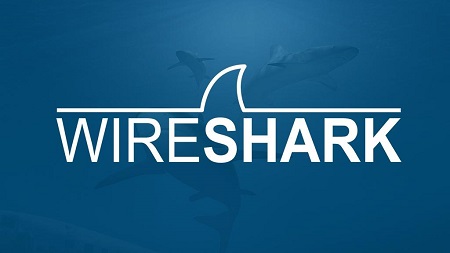
English | MP4 | AVC 1280×720 | AAC 44KHz 2ch | 2h 08m | 510 MB
TCP is a core protocol driving business applications, but is often a blind spot in IT organizations. A thorough understanding of TCP can speed up network and application troubleshooting, empowering engineers to quickly resolve problems.
“The network is slow!” “The application is broken!” “We are being hacked!” Sound familiar? In this course, Foundational TCP Analysis with Wireshark, you will gain the ability to troubleshoot and resolve network problems by harnessing the power of TCP. First, you will learn how TCP connections are established and maintained. Next, you will discover how data is retransmitted during data loss. Finally, you will explore how to quickly find, interpret, and resolve TCP problems using the Wireshark protocol analyzer. When you are finished with this course, you will have the skills and knowledge of the TCP protocol and Wireshark needed to hunt down network problems and resolve them for good.
Table of Contents
Course Overview
1 Course Overview
What Is TCP-
2 What Is TCP-
3 Who Owns TCP in the IT Organization-
4 What Is a Connection-
5 Exercise- Core Wireshark Skills for TCP
Mastering the TCP Handshake
6 How the TCP Handshake Works
7 TCP Flags and Options
8 Understanding the Window Scale Factor
9 Understanding Maximum Segment Size
10 Exercise- TCP Handshakes and Options
Understanding Sequence and Acknowledgement Numbers
11 What Are Sequence and Acknowledgement Numbers-
12 Determining Packet Loss
13 Demo- Hands-on with Sequence and Acknowledgement Numbers
Interpreting the TCP Receive Window
14 What Is the TCP Receive Window-
15 What Does a Zero Window Mean-
16 How Can the TCP Window Impact Performance-
17 The Importance of the Bandwidth Delay Product
18 Exercise- Interpreting the TCP Receive Window
19 Exercise- Troubleshooting Slow Throughput
Analyzing Retransmissions and Duplicate Acks
20 How Do Retransmissions Work-
21 Analyzing Fast Retransmissions
22 Understanding Duplicate Acknowledgements
23 Troubleshooting TCP Retransmissions
24 Exercise- Analyzing TCP Retransmissions
25 Exercise- Duplicate Acknowledgements
26 Exercise- Spurious Retransmissions
Resolve the captcha to access the links!